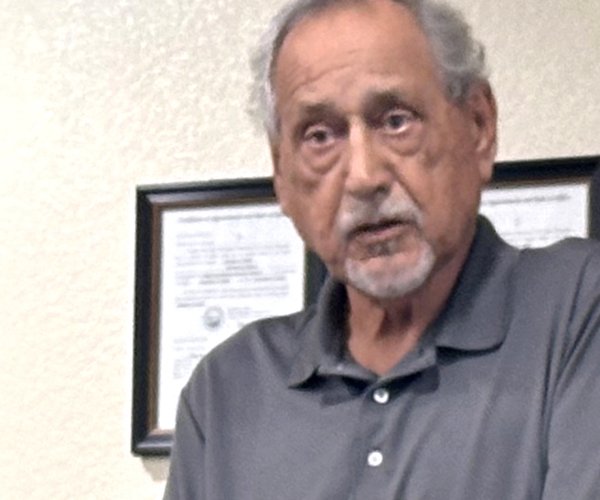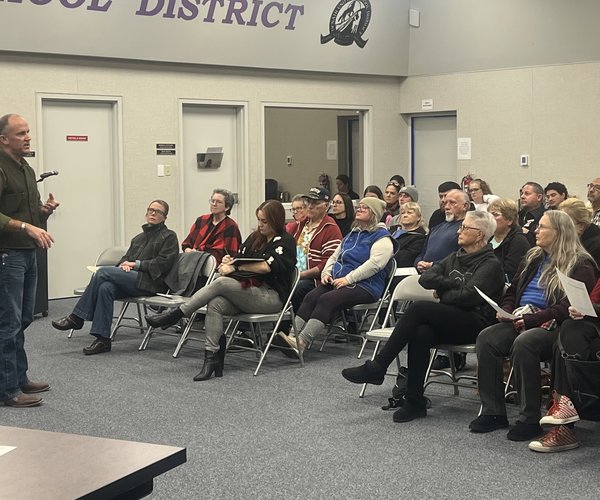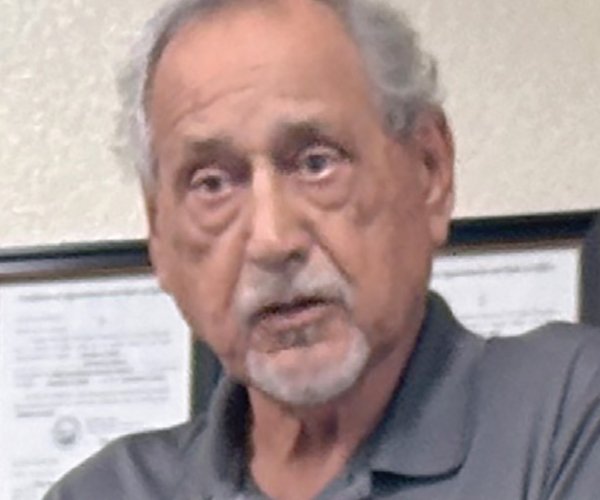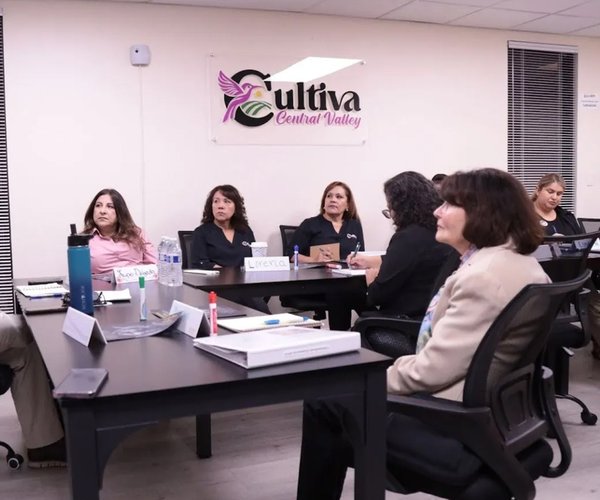Turlock residents will get a five-year break on paying higher garbage fees as the Turlock City Council decided in a split vote on Tuesday to spend $4.7 million of American Rescue Plan Act funds on subsiding the fee increase.
Council votes to use COVID funds on garbage fee subsidy





